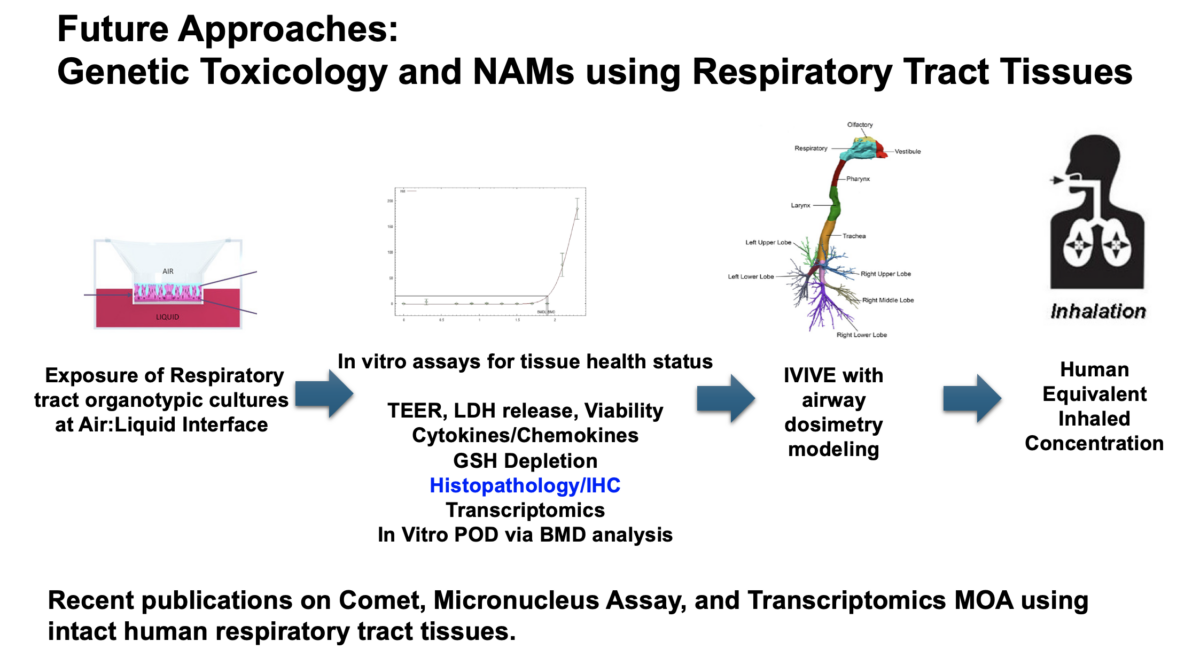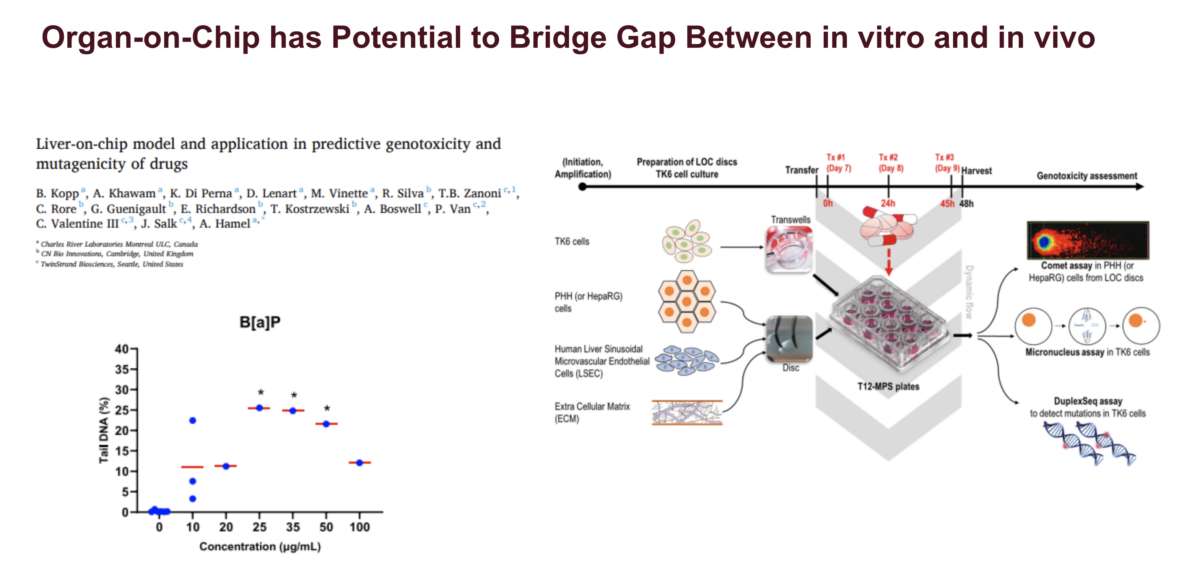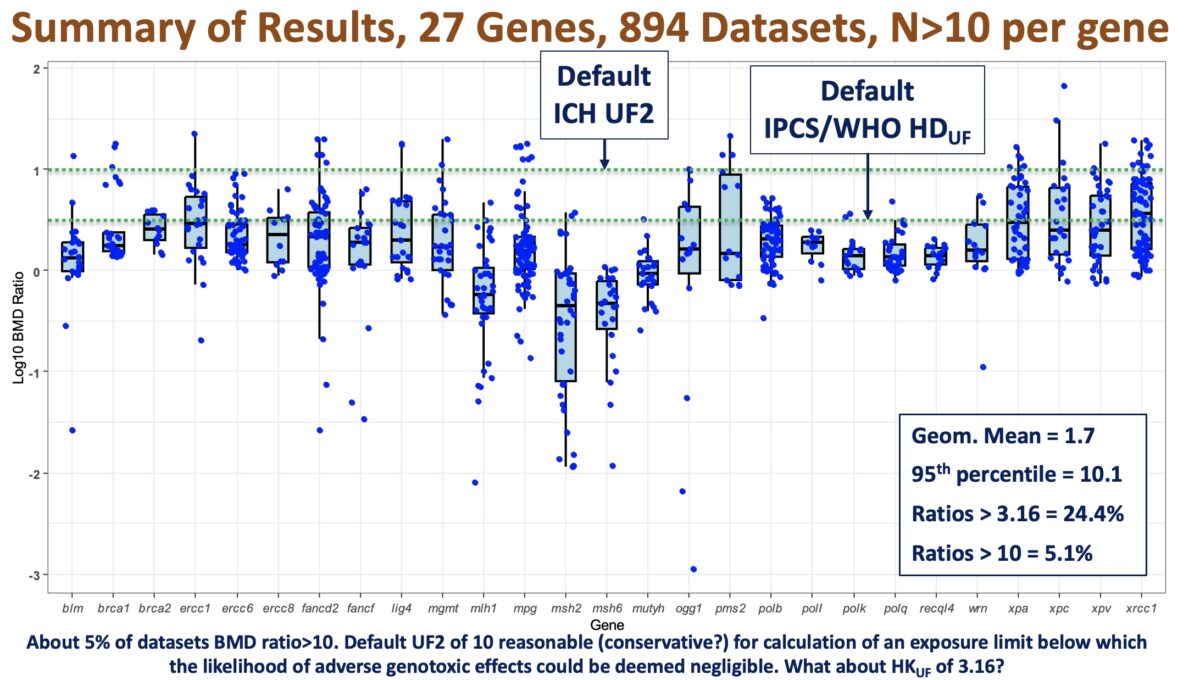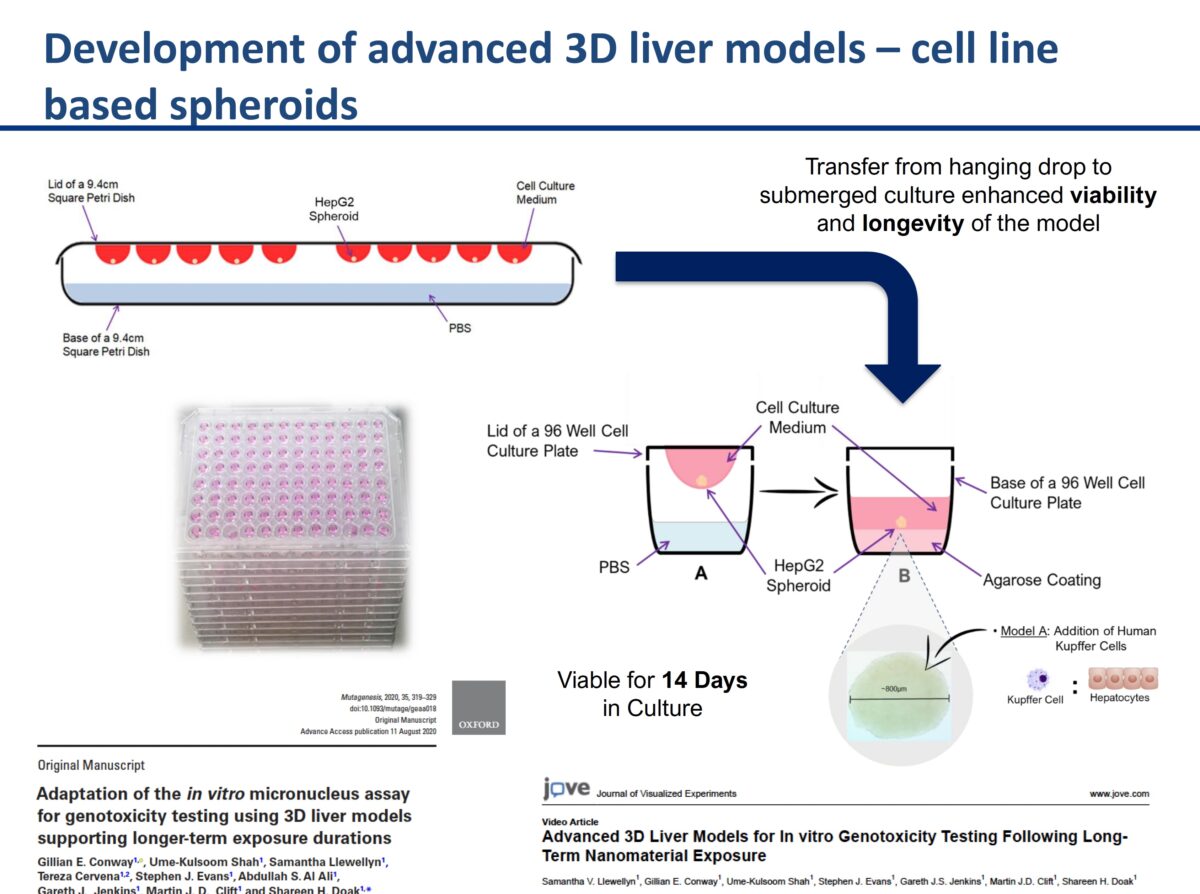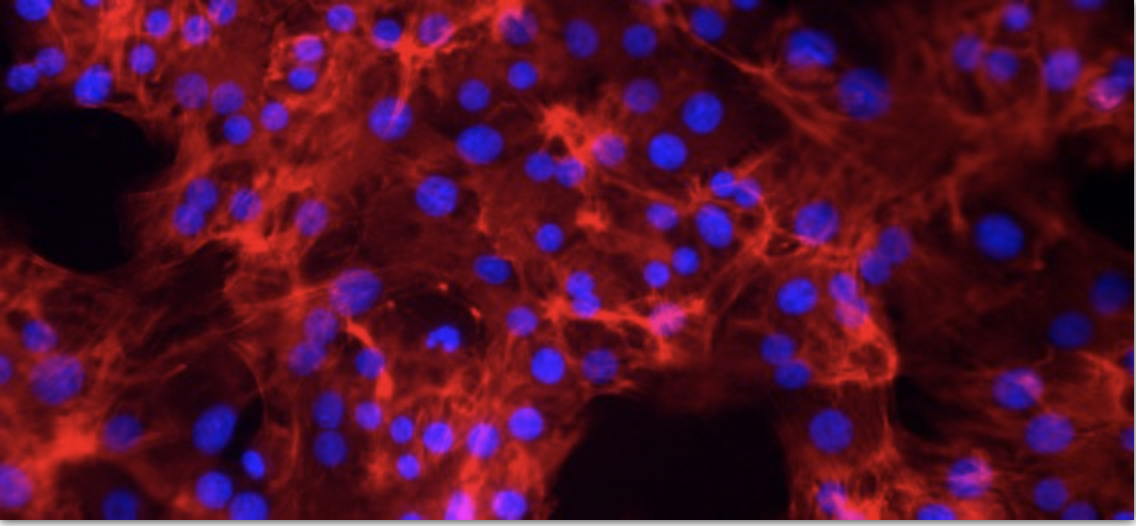Our first September 2024 webinar focuses on novel methods to assess relevant risk in humans with Les Recio, PhD, DABT, ATS, and Rasim Barutcu, PhD. We believe these approaches are a positive and proven way forward for expediting research and reducing the use of animals. While we do not offer a training course for integrating these tools, we do offer …
Quantitative Interpretation of in vitro Genotoxicity Data for Risk Assessment
If you attended /watched the recordings from the last two webinars, you might remember that Dr. Paul White and Dr. George Johnson highlighted the need to develop a conceptual framework to use genotoxicity data quantitatively for risk assessment. In this webinar, Marc Beal, PhD, a Research Scientist and Head of the Molecular and Applied Toxicology Section within the Food and …
Quantitative Interpretation of Genetic Toxicity Dose-response Data for Risk Assessment and Regulatory Decision-making: Opportunities, Challenges and Future Prospects
In continuing the momentum on the topic of quantitative interpretation of genotoxicity dose-response data for risk assessment, we have the pleasure of hosting Paul A. White, PhD as our next webinar speaker. Dr White is a research scientist at the Environmental Health Science and Research Bureau of Health Canada in Ottawa, Ontario, Canada. What you will learn: Assumptions underlying the …
3D cell culture models & their role in enhancing genotoxicity testing approaches for nano- and advanced-materials
It was an honor to have Professor Shareen Doak with us to discuss her groundbreaking research. Her research on New Approach Methodologies (NAMs) and overcoming limitations of OECD Test Guidelines for nanomaterials (NMs) testing is leading edge brought up a lot of great questions. The link to the recording is below. What you’ll learn: The need to adapt existing …
HepaRG cells: a fit-for-purpose system for hepatic modeling and DILI (Drug-Induced Liver Injury) prediction
In this webinar, Pamela Bachour El Azzi, PhD discussed the different applications of HepaRG cells: induction studies, DILI (cholestasis, steatosis) and the 3D systems.What you’ll learn: Coverage of key information about HepaRG cell model and its benefits The use of HepaRG cells for CYP induction and hepatotoxicity studies HepaRG cell engineering and modes of culture All registered participants will receive …
New Alternative and Approach Methods to Assess Genotoxicity in Human Relevant Systems
We just showcased our new Chief Scientific Officer, Leslie Recio, PhD, DABTin our May 10th webinar. Les discussed integrating traditional genetic toxicology endpoints with genomic profiling to assess genotoxicity in the HepaRG™ cell platform. He furthere explained how high throughput comet assay using CometChip® technology, a single cell array platform developed at MIT, flow cytometry-based micronucleus (MN) assay, and toxicogenomics …

